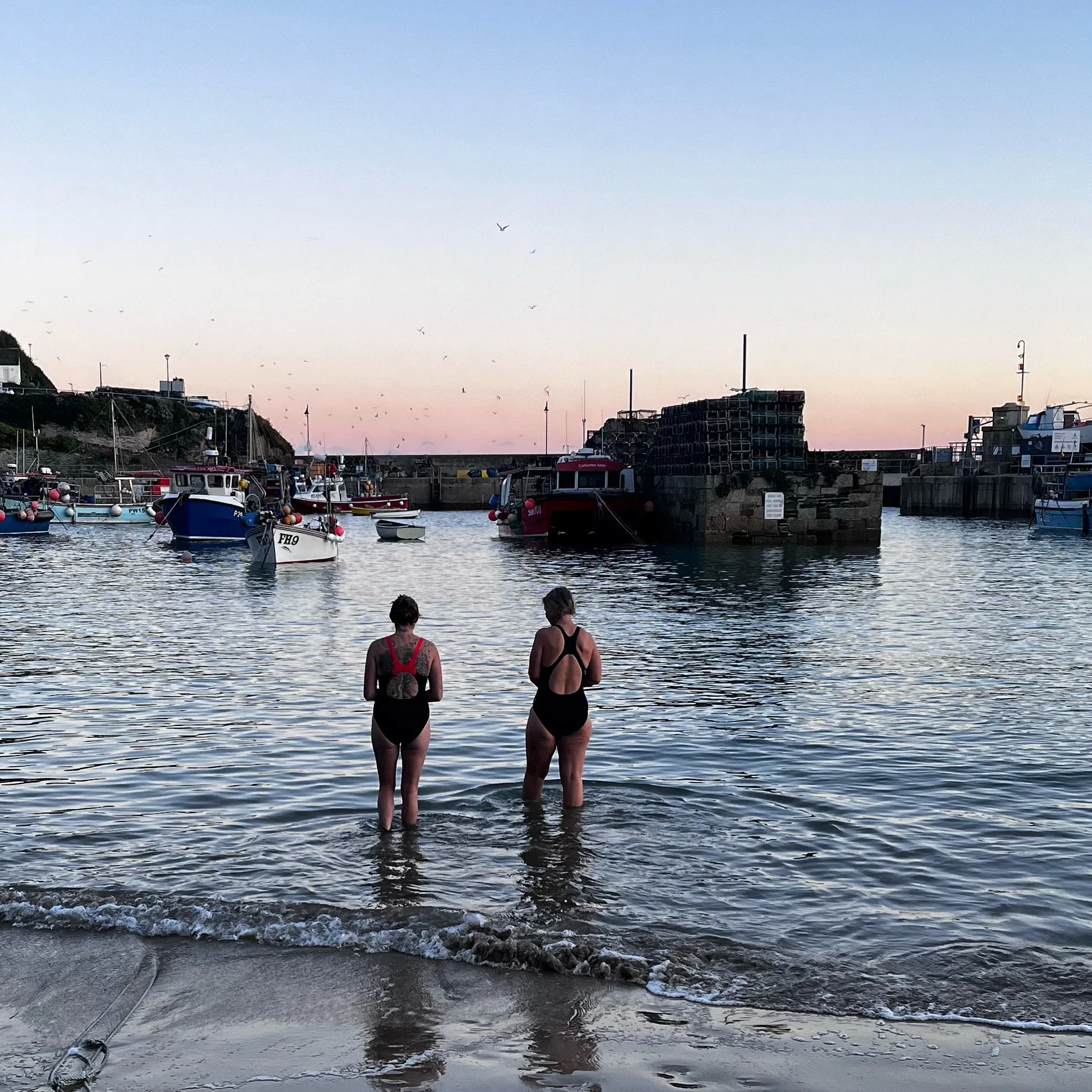Safe Swimming in Cold Water: Tips and Best Practices
Swimming in cold water can be invigorating and offer numerous health benefits, such as improved circulation, boosted immunity, and increased mental resilience. However, it also comes with risks if not approached cautiously. Whether you're an experienced cold-water swimmer or considering your first plunge, safety should always come first. Here's how to ensure a safe and enjoyable experience.
Understand the Risks of Cold Water Swimming
Cold water immersion can be a shock to your body, and it’s essential to know the potential risks:
Cold Shock Response: Sudden exposure to cold water can cause hyperventilation and an increased heart rate, which may lead to panic or difficulty breathing.
Hypothermia: Prolonged exposure can cause your core body temperature to drop dangerously low, impairing motor functions and leading to confusion.
Afterdrop: Your core temperature may continue to fall after exiting the water, which can be dangerous if you're not prepared.
Understanding these risks is the first step toward mitigating them.
Gradually Acclimate to Cold Water
Jumping straight into freezing water without preparation can be hazardous. Instead, acclimate your body over time:
Start Small: Begin with short sessions in cool water and gradually decrease the temperature as your body adapts.
Consistent Exposure: Regular exposure to cold water, even if brief, can help your body adjust more effectively.
Shower Practice: Taking cold showers is an excellent way to prepare for cold-water swimming.
Wear Appropriate Gear
While some swimmers prefer the raw experience of swimming without thermal protection, wearing gear can enhance safety and comfort, and it is nothing to be embarrassed about:
Wetsuits or Neoprene Accessories: A good-quality wetsuit, along with neoprene gloves, socks, and a cap, can reduce heat loss.
Bright Swim Cap: A bright or reflective swim cap increases your visibility in open water.
Thermal Layers for Post-Swim: Have warm, easy-to-put-on clothes ready for when you get out of the water.
Choose the Right Location
Not all cold-water swimming spots are equal. Select a location with safety in mind:
Sheltered Areas: Avoid areas with strong currents, tides, or waves.
Supervised Locations: If possible, swim where lifeguards are present or with a swimming group.
Exit Points: Identify safe and accessible spots to get out of the water.
Always Swim with a Buddy
Never swim alone in cold water. A swimming partner or group can:
Provide assistance if you encounter difficulties.
Help monitor each other for signs of hypothermia or distress.
Make the experience more enjoyable and less daunting.
Limit Your Time in the Water
The colder the water, the shorter your swim should be. Follow these guidelines:
Set a Timer: Keep track of how long you’ve been in the water.
Listen to Your Body: Get out if you feel numbness, stiffness, or extreme shivering.
Follow the 1-Minute Rule: For beginners, limit your swim to 1 minute per degree Celsius of water temperature.
Warm Up Properly After Swimming
Your body will continue losing heat after you exit the water, so a post-swim warm-up routine is critical:
Dry Off Quickly: Remove wet clothing immediately and dry yourself with a towel.
Layer Up: Wear multiple layers of warm clothing, including a hat and gloves.
Warm Drinks: Sip a warm, non-alcoholic beverage to gradually raise your internal temperature.
Avoid Hot Baths: Sudden heating can cause afterdrop. Warm up slowly instead.
Recognise Warning Signs of Hypothermia
Be vigilant about symptoms of hypothermia, both during and after your swim:
Shivering that doesn’t stop
Slurred speech
Confusion or disorientation
Loss of coordination
If you or someone else exhibits these signs, seek shelter and medical attention immediately.
Respect Your Limits
Cold-water swimming is not about pushing boundaries recklessly. Know your physical and mental limits, and don’t compare yourself to others. It’s okay to stop or skip a swim if you’re feeling unsure.
Enjoy the Experience
When done safely, cold-water swimming can be exhilarating and profoundly rewarding. The key is to approach it with respect for the elements, preparation, and self-awareness.
Final Thoughts
Cold-water swimming requires careful planning and a healthy respect for the environment. By following these tips and prioritising safety, you can enjoy the benefits of this unique activity while minimising the risks. Remember: a safe swimmer is a happy swimmer!

